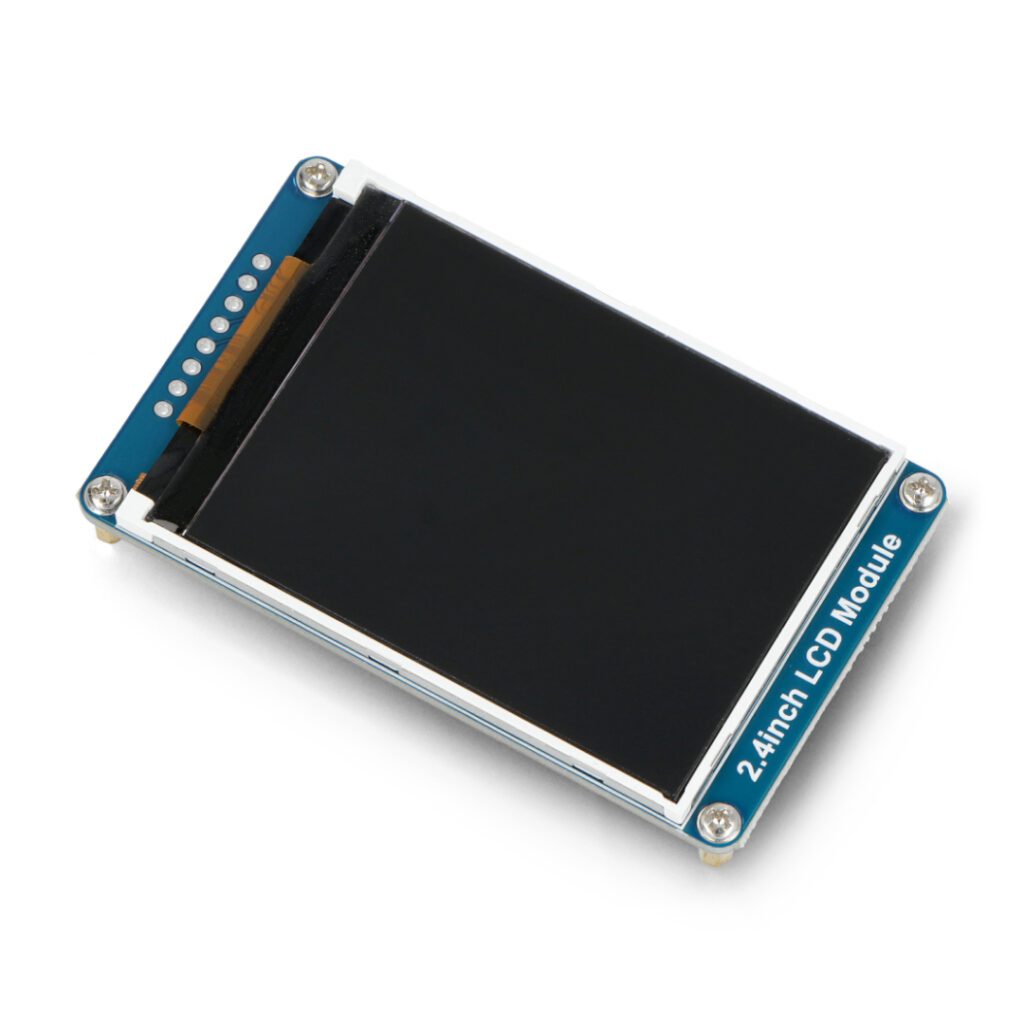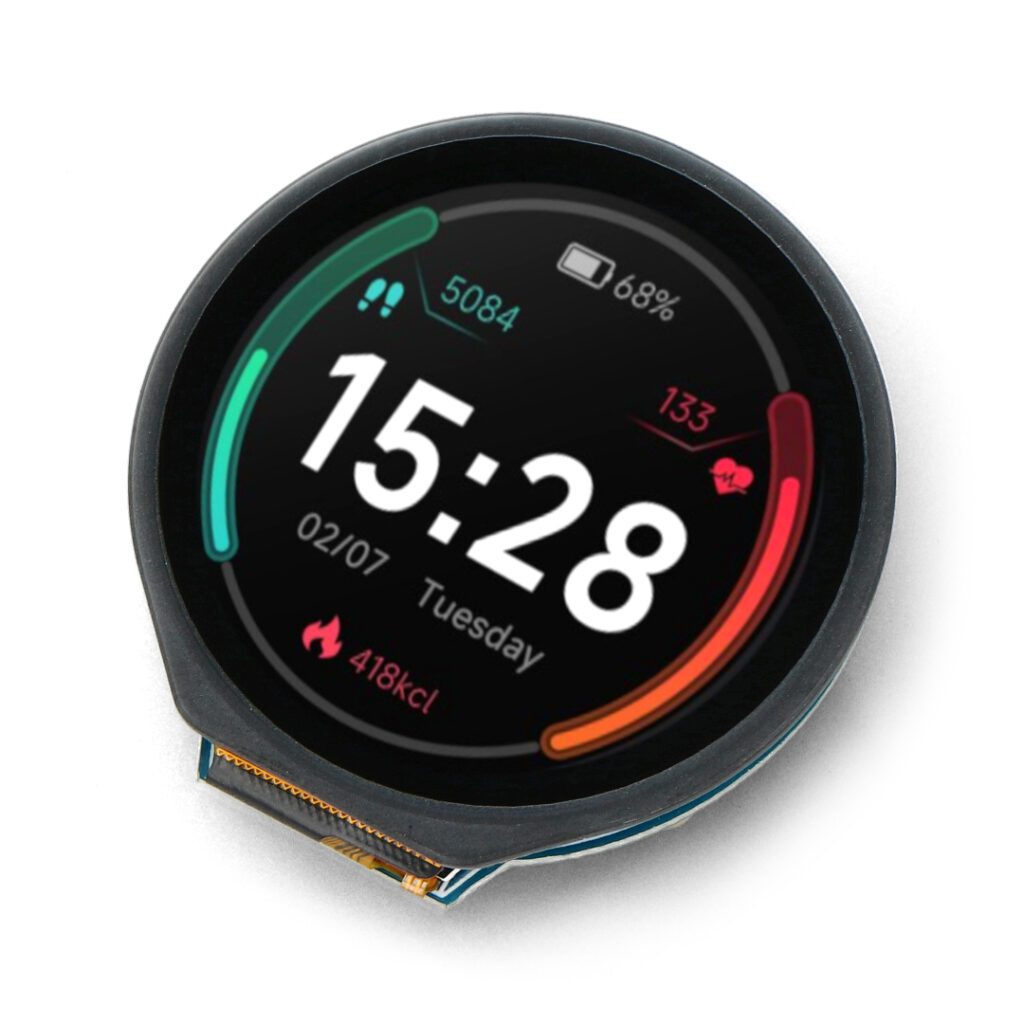Table of Contents:
Thin-Film Transistor (TFT) screens are widely used in electronic devices, offering high image quality and fast response times.
Thanks to thin-film transistor technology, these displays deliver a rich color palette and excellent sharpness, making them ideal for smartphone, monitor or TV applications.
In this article, we will discuss what exactly a TFT screen is, how it works and its applications in everyday devices.
The story behind the creation of the first TFT screen
The history of the development of the first TFT screen dates back to the 1960s.
In the 1960s, when scientists began experimenting with thin-film transistor (TFT) technology as a potential solution for use in displays.
However, work in the early 1970s led to the development of a fully functional TFT display.
by a team of researchers at the Radio Corporation of America (RCA) laboratory.
It was then that it was noticed that the use of thin-film transistors in an active matrix could significantly improve the control of individual pixels on the display.
Initially, research was focused on using TFT technology in liquid crystal displays (LCDs), which already offered the potential for higher image quality than earlier technologies.
However, production of the first prototypes proved extremely difficult and expensive, delaying the commercialization of this technology.
The breakthrough came in the 1980s, when more efficient methods of producing thin-film transistors were developed.
As a result, TFT LCDs began to gain popularity in the 1990s, largely due to the boom in personal computers.
Their ability to precisely control each pixel, improved color quality and much better response speed made them ideal for computer screens, televisions and mobile devices.
Thanks to continuous innovations in the manufacturing process and materials, TFT technology has evolved to become increasingly better in terms of image quality and energy efficiency, becoming widely used today in various fields of consumer electronics.
On what principle does the TFT display work?
The TFT display works on the principle of pixel control using thin-film transistors. Each pixel is individually controlled by a set of microscopic transistors located in an active matrix.
These transistors act as switches that precisely control the flow of electrical signals, responsible for how individual pixels display color and light.
In liquid crystal displays (LCDs) with TFT technology, each pixel consists of a liquid crystal sandwiched between two layers of glass. The control transistors for each pixel change the electrical voltage that acts on the crystal, causing it to rotate to varying degrees, controlling the amount of light transmitted through the pixel.
As a result, the pixel can display a full range of colors depending on the intensity and wavelength of the light transmitted through the crystal.
In a TFT matrix, each transistor is assigned to a specific pixel, allowing precise control of brightness, contrast and color.
This technology allows for faster and more reliable image changes compared to previous methods, resulting in faster response times and higher image resolution.
TFT technology has made it possible to create high-quality displays that have found their way into televisions, computer monitors, smartphones and many other devices.
Their ability to display vivid colors and precisely control each pixel has made them one of the most popular solutions in modern displays.
Advantages of TFT screens
TFT screens are some of the most popular types of displays used in consumer electronics.
By using thin-film transistors, they offer significant improvements in image quality and performance over other technologies.
Below are the main advantages of TFT screens:
- High image quality – TFT screens provide excellent brightness and contrast, resulting in vivid and clear colors and deep blacks.
- Fast response – thanks to the individual control of each pixel, TFT displays have fast response times, which is especially important for multimedia devices and games.
- Image stability – TFT technology eliminates the problem of “blurring” the image, which is crucial for fast scenes in movies or dynamic games.
- Large viewing angles – modern TFT screens offer wide viewing angles without significant degradation of image quality, allowing comfortable viewing from different positions.
- Versatility of applications – TFT displays are used in a wide range of devices, from smartphones and tablets to laptops, monitors and advanced medical and industrial devices.
These qualities make TFT screens the standard choice for many modern electronic devices, providing users with convenience and a high-quality visual experience.
Main applications of TFT screens
TFT screens have become commonplace in the electronics world due to their performance and image quality.
They are used in a wide variety of devices where precise pixel control and high quality of the displayed image are required.
Here are the main applications of TFT screens:
- Smartphones and tablets – TFT screens provide vivid colors, high resolution and excellent graphics quality, making them ideal for mobile devices.
- Laptops and computer monitors – their ability to display detailed images, responsiveness and wide viewing angles make them the preferred choice for personal computers and office equipment.
- Televisions – On TVs, TFT screens offer great contrast and deep blacks, making them ideal for home entertainment and high-definition viewing.
- Medical equipment – In medical devices, precise and clear images are crucial, so TFT screens are used in diagnostic and monitoring equipment.
- Industrial and specialized displays – In industrial machinery and specialized equipment, TFT screens provide reliability and clear images in all conditions.
The versatility and reliability of TFT screens ensure that they remain one of the most frequently chosen display technologies in the consumer electronics market.
How useful was this post?
Click on a star to rate it!
Average rating 0 / 5. Vote count: 0
No votes so far! Be the first to rate this post.





















